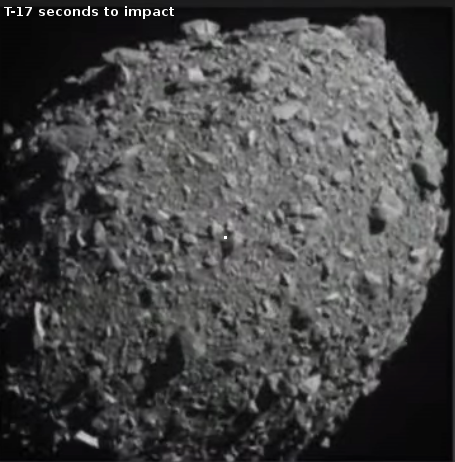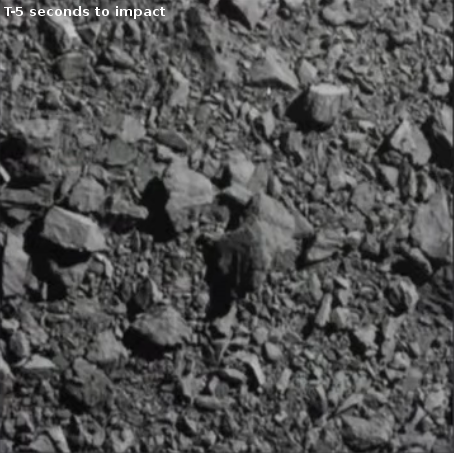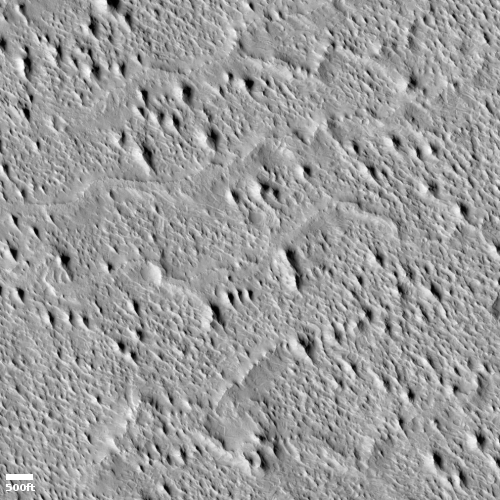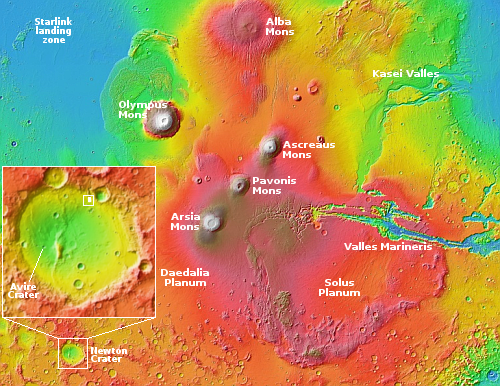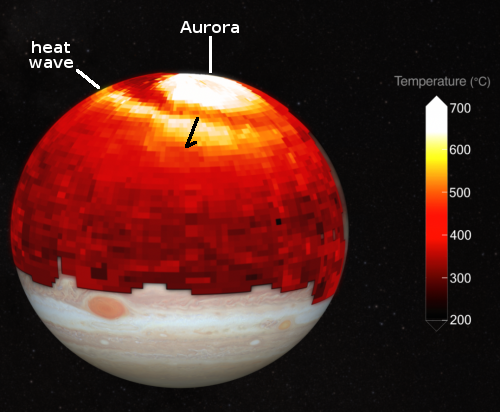First ground-based telescope view of DART impact on Dimorphus
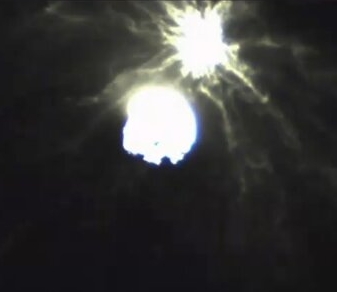
We now have the first ground-based images of the DART impact on the 525-foot-wide asteroid Dimorphus yesterday, captured by the Hawaiian telescope ATLAS.
You need to watch the video of the full sequence of images, available here, to get a true sense of the impact. The cloud of material quickly expands to about twice the asteroid’s size, then dissipates away, with the remaining asteroid now appearing larger (?). That larger size could be caused by a remaining cloud of material that still needs to settle back to the surface.
More images have been released by a Chinese telescope. Also, the first images from the Italian cubesat LICIACube Explorer, flying in parallel with DART, have been released. I have posted one to the right. The large blob near the center is the parent half-mile-wide asteroid, Didymos. Dimorphus is buried in the debris cloud above and slightly to the right.
Hat tip stringer Jay for the links to these images.

We now have the first ground-based images of the DART impact on the 525-foot-wide asteroid Dimorphus yesterday, captured by the Hawaiian telescope ATLAS.
You need to watch the video of the full sequence of images, available here, to get a true sense of the impact. The cloud of material quickly expands to about twice the asteroid’s size, then dissipates away, with the remaining asteroid now appearing larger (?). That larger size could be caused by a remaining cloud of material that still needs to settle back to the surface.
More images have been released by a Chinese telescope. Also, the first images from the Italian cubesat LICIACube Explorer, flying in parallel with DART, have been released. I have posted one to the right. The large blob near the center is the parent half-mile-wide asteroid, Didymos. Dimorphus is buried in the debris cloud above and slightly to the right.
Hat tip stringer Jay for the links to these images.




